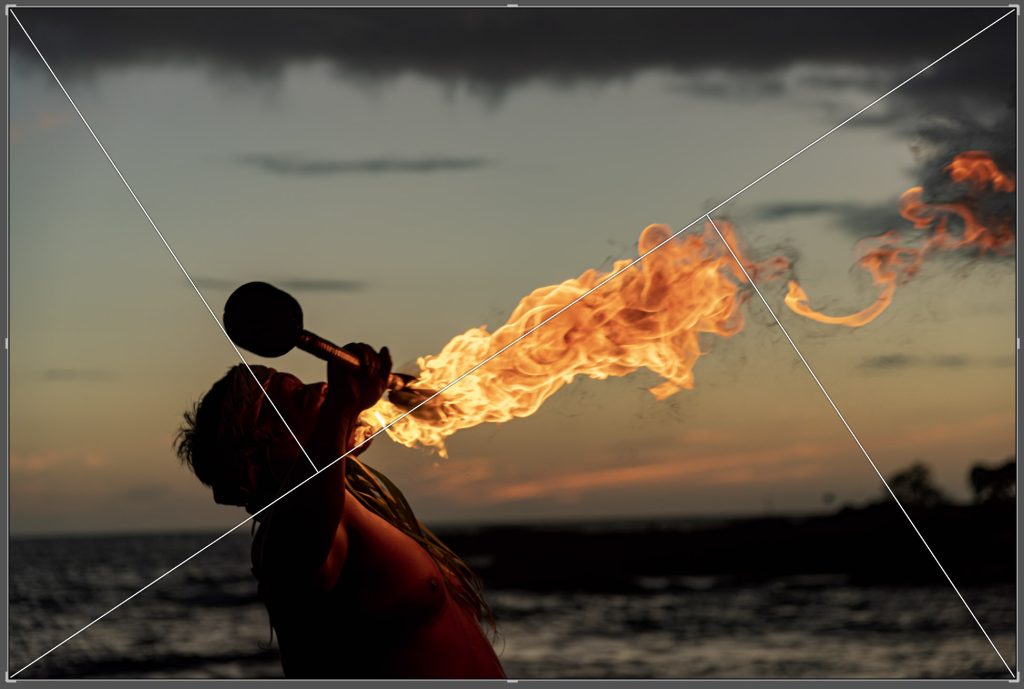Flash used outside
Lately, I’ve had the pleasure of helping a few amateurs edit their photos. One is working on a delightful project: creating a coffee table yearbook of their family’s pictures through the years, with a new yearbook for each year. Another is finally processing a large backlog of digital images they’ve accumulated but haven’t had the time to edit.
Reflecting on my early days managing a one-hour photo lab, I’ve seen thousands of photos and have given countless tips. Here are some timeless tips that have proven helpful both then and now. There is no particular order, just a collection of advice to improve your photos:

1. Take Lots of Photos
When you want that one perfect shot of a subject, don’t be shy—take lots of photos. Shooting 3 to 10 images increases your chances of capturing:
- Better Expressions: People’s expressions can change in an instant. More shots mean more chances to capture the perfect smile or candid moment.
- Focus: Ensures that at least one shot will be perfectly focused.
- Camera Shake/Movement: Reduces the risk of all shots being blurred due to camera shake.

2. Use a Flash Outside
Using a flash outdoors can significantly enhance your photos by addressing the following:
- Racoon Eyes: Sunlight from above can cast unflattering shadows on faces, which a flash can help lighten.
- Backlit Photos: Adds necessary light to faces in backlit situations.
- Color Improvement: Outdoor environments can create unwanted color casts. A flash can help correct this.
3. Review Your Images on a Larger Screen ASAP
Reviewing your shots on a larger screen as soon as possible allows you to:
- Check Stability: Ensure you keep the camera steady to avoid blurry images.
- Focus Check: Confirm that your intended focus point is sharp.
- Color and Exposure: Verify that the colors and the exposure are correct.

4. Adjust Your Depth-of-Field
Changing your aperture to control depth-of-field can drastically improve your photos:
- Shallow Depth-of-Field: Blurs the background, making your subject stand out more.
- Larger Depth-of-Field: Keeps more of the scene in focus, providing context to your subject. This requires more skill in composition, so consider using these composition tools:
- Rule-of-Thirds: Divide your frame into thirds, horizontally, and vertically, and place critical elements along these lines or their intersections.
- Golden Ratio, Golden Spiral, Triangle: Use these mathematical compositions to create naturally pleasing images.
- Aspect Ratio: Pay attention to the dimensions of your photo to enhance its aesthetic.
- Diagonal, Leading Lines, S-Curves: These techniques guide the viewer’s eye through the photo.

By incorporating these tips, you’ll find that your photography skills will improve significantly. Whether creating a beautiful family yearbook or finally organizing your digital photo library, these techniques will help you capture and enhance those precious moments. Keep shooting, experimenting, and most importantly, have fun with your photography!

